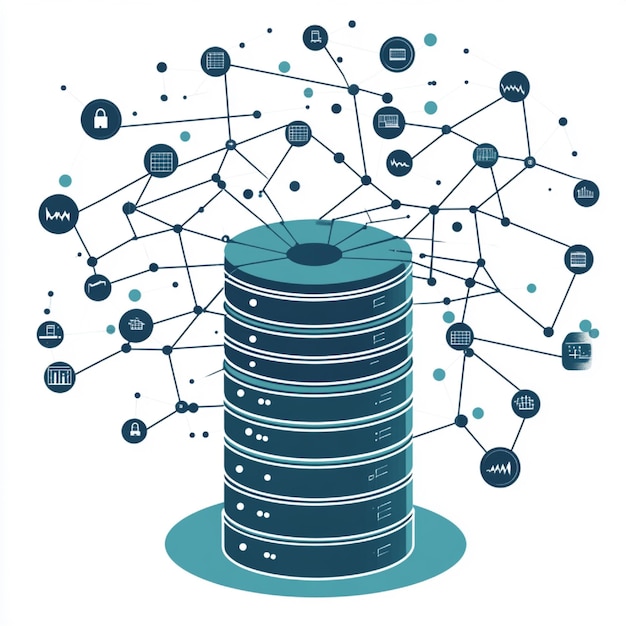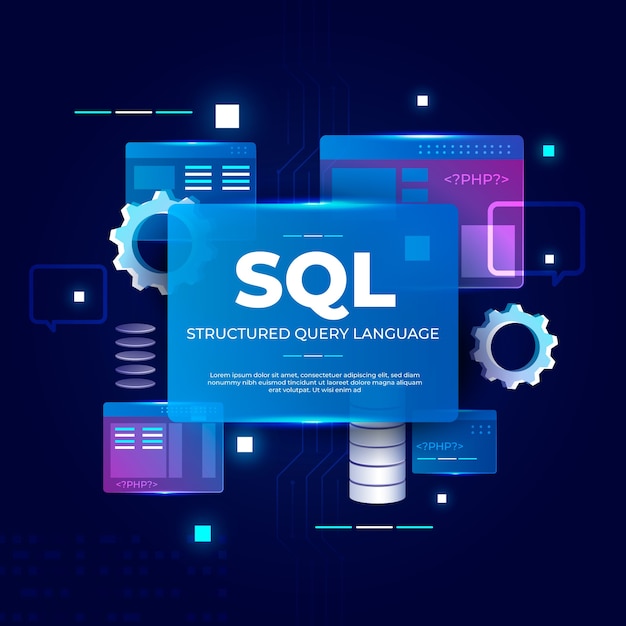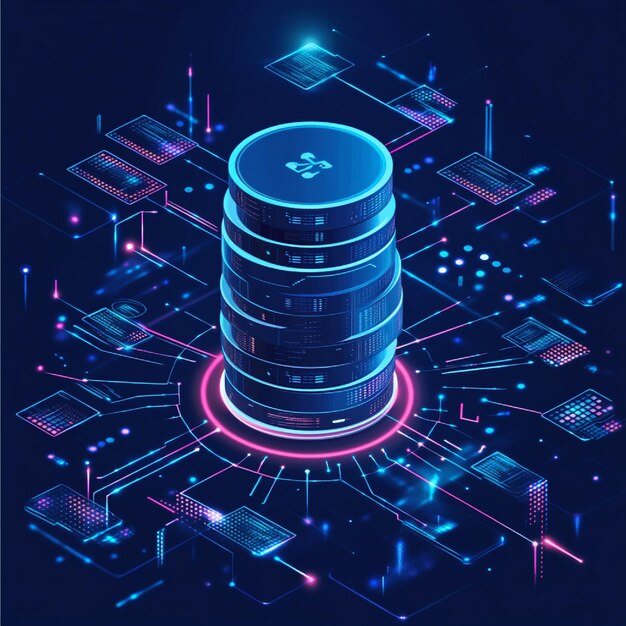Flexible Data Models,
Schema-less or Schema-flexible,
Horizontal Scalability,
Data Replication and High Availability,
Data Models
Characteristics

Here’s an overview of NoSQL databases and their key characteristics:
1. Flexible Data Models: One of the fundamental differences between NoSQL and relational databases is their approach to data modeling.
NoSQL databases are designed to handle a wide variety of data types, including structured, semi-structured, and unstructured data.
2. Schema-less or Schema-flexible: Unlike relational databases, which require a predefined schema (a fixed structure for data), NoSQL databases are schema-less or schema-flexible.
This means you can insert data without specifying its structure in advance, making them ideal for projects with changing data requirements.
3. Horizontal Scalability: NoSQL databases are typically designed to scale out horizontally, meaning we can distribute data across multiple servers or nodes to handle high volumes of data and traffic.
This makes them well-suited for applications that require high availability and performance.
4. Data Replication and High Availability: Many NoSQL databases provide built-in mechanisms for data replication and automatic failover, ensuring data redundancy and high availability.
This is crucial for applications where downtime is unacceptable.

5. Data Models: NoSQL databases are often categorized into four main types based on their data models:
Data models
Document databases: These store data in semi-structured documents, often in formats like JSON or BSON. Examples include MongoDB and Couchbase.
Key-Value stores: These databases store data as key-value pairs, where each piece of data is associated with a unique key. Examples include Redis and Amazon DynamoDB.
Column-family stores: These are optimized for storing and retrieving columns of data rather than rows. Apache Cassandra and HBase are examples.
Graph databases: These are designed to handle highly interconnected data and excel at traversing relationships between data points. Neo4j and Amazon Neptune are examples.
6. Use Cases: NoSQL databases are well-suited for a wide range of use cases, including real-time analytics, content management systems, social media applications, IoT (Internet of Things) data storage, and more.
Their suitability often depends on the specific requirements of your application.
Challenges
7. Challenges: NoSQL databases also come with their own set of challenges, such as eventual consistency a lack of standardized query language and the need for careful consideration of data modeling to optimize performance.
In summary, No SQL databases offer a flexible and scalable approach to data storage and retrieval, making them a valuable tool for modern applications with diverse data needs.
However, choosing the right NoSQL database for your project requires a deep understanding
Overview and History of NoSQL Databases
Overview and History of NoSQL Databases
NoSQL databases emerged as a response to the limitations of traditional relational databases (SQL databases).

They offer a more flexible and scalable approach to data storage and retrieval. Here’s an overview of the history of NoSQL databases and an example:
1. Origins of NoSQL (Early 2000s): The term “NoSQL” was first coined around 2009, but the concepts behind NoSQL databases date back to the early 2000s when internet companies like Google, Amazon, and Facebook faced challenges with the increasing volume and diversity of data.
They needed databases that could handle large-scale, distributed, and unstructured data efficiently.
2. Emergence of NoSQL (Late 2000s): In the late 2000s, various NoSQL database systems began to gain popularity. Some of the early pioneers and examples include:
Cassandra (2008): Developed by Facebook and later open-sourced, Apache Cassandra is a distributed, highly scalable, and fault-tolerant NoSQL database. It is designed for handling large amounts of data across multiple commodity servers.
MongoDB (2009): MongoDB is a popular document-oriented NoSQL database that stores data in JSON-like BSON format. It’s known for its flexibility and scalability, making it suitable for a wide range of applications.
CouchDB (2005): CouchDB is a document-oriented database that uses a schema-less JSON format. It is designed for ease of use and replication.
Redis (2009): Redis is an in-memory key-value store known for its extremely fast data access. It is often used for caching, real-time analytics, and message queuing.

3. Diverse NoSQL Categories: Over time, NoSQL databases evolved, and various categories emerged to address different data modeling and storage needs:
NoSQL Categories
Document Databases: Examples include MongoDB and Couchbase, which store semi-structured data as documents.
Key-Value Stores: Redis and Amazon DynamoDB are key-value stores where data is stored as pairs of keys and values.
Column-Family Stores: Apache Cassandra and HBase are column-family stores optimized for handling large amounts of data across distributed clusters.
Graph Databases: Neo4j and Amazon Neptune excel at managing highly interconnected data and relationships.
4. Widespread Adoption: NoSQL databases gained widespread adoption in web applications, mobile apps, IoT, and big data analytics. They proved valuable for companies dealing with massive volumes of data and high traffic.
5. Challenges and Evolving Landscape: NoSQL databases brought new challenges, such as data consistency in distributed systems and the need to carefully model data for optimal performance.
Some databases introduced concepts like eventual consistency to address these challenges.
6. Polyglot Persistence: Many modern applications use a combination of NoSQL and SQL databases, a concept known as “polyglot persistence.”
This approach allows developers to choose the most appropriate database for each specific data storage need within an application.
Example
Example: MongoDB MongoDB is a widely used NoSQL database.
It falls into the document-oriented category. MongoDB stores data in flexible, JSON-like BSON format, making it suitable for various use cases.
Here’s a brief example of how MongoDB data might look:
{
“_id”: Object Id(“507f1f77bcf86cd799439011”),
“name”: “John Doe”,
“age”: 30,
“email”: “johndoe@example.com”,
“address”: {
“street”: “123 Main St”,
“city”: “Anytown”,
“state”: “CA”,
“zipcode”: “12345”
},
“interests”: [“programming”, “hiking”, “photography”]
}
In this example, you can see how MongoDB allows for flexible and nested data structures without a rigid schema. This flexibility makes it well-suited for applications where the data schema may evolve over time.
One response to “Characteristics of NoSQL and it’s History.”
-
[…] Cassandra […]
Other courses: Cloud computing

Leave a Reply